Wastewater collected from TH Group 's dairy farm clusters will undergo 21 days of treatment with the world's leading modern technology to reach standards close to domestic water before being released back into the natural environment.
Mr. Pham Vinh Son, leader of the unit responsible for handling waste and wastewater from TH farms, said that every day, the wastewater from the dairy farm clusters with a herd size of nearly 70,000 cows of TH Group in Nghia Dan (Nghe An) will be collected in full. Then, after 21 days of treatment with the world's leading modern technology, the wastewater will reach the clean standard of column B according to the regulations of the Ministry of Natural Resources and Environment and be circulated back into the natural environment. Modern and odorless wastewater treatment area Wastewater treatment plant No. 1 of TH Dairy Food Joint Stock Company (THMF) under TH Group, the owner of the TH true MILK brand, is built on an area of 2.4 hectares in Nghia Dan. This is one of TH's 4 wastewater treatment plants in this area. With a capacity of 2,500 m3/day/night, operating continuously, the factory is the final step in the entire closed wastewater treatment process collected from cluster 1 of the TH dairy farm. Although it is the place to receive and treat livestock wastewater, this factory almost does not generate unpleasant odors. Taking us on a tour, Mr. Pham Vinh Son said that the first destination of the wastewater is the oxidation ditches. This is a technology imported from the Netherlands that THMF invested in right from the beginning of construction. Up to now, TH is still the pioneer enterprise in Vietnam to apply it to treat circulating and sustainable wastewater. Here, wastewater is retained for 9.3 days. The oxidation ditch already has a natural ecosystem that directly participates in the wastewater treatment process. Wastewater is treated using aeration technology, combined with mixing to create an infinite circulation between the aerobic and anaerobic phases. When supplied with air, microorganisms will grow and develop to break down and decompose organic matter, converting it into nitrogen and gas. Gas will be recovered as fuel for processing feed for dairy cows or generating electricity.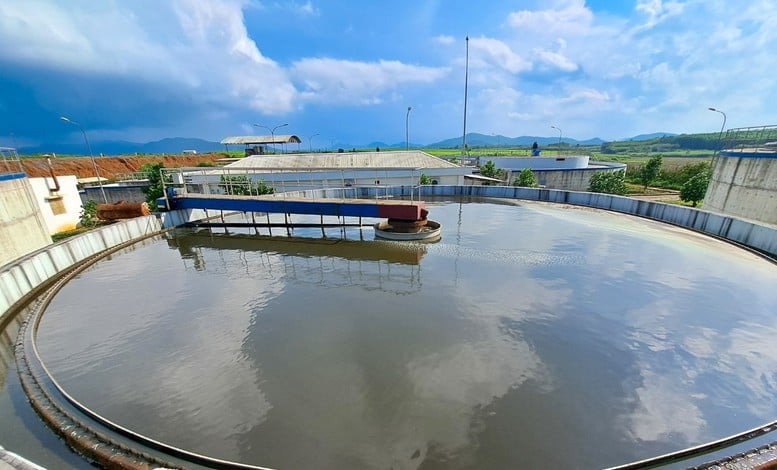
After 9.3 days of treatment in the oxidation ditch, the wastewater continues to be stored in the settling tank for 10 days.
After being treated in the oxidation ditch, the wastewater is pumped to the settling tank and remains there for 10 days for treatment according to the principle of gravity sedimentation. Heavy impurities will settle to the bottom and form sludge. The clear wastewater after this period is further treated with chemicals to kill bacteria. At this point, the process is completed and the wastewater meets discharge standards. The settled sludge has a very high nitrogen, phosphorus, and potassium content and is sent to the sludge press system, which is the source of raw materials for the production of organic fertilizers.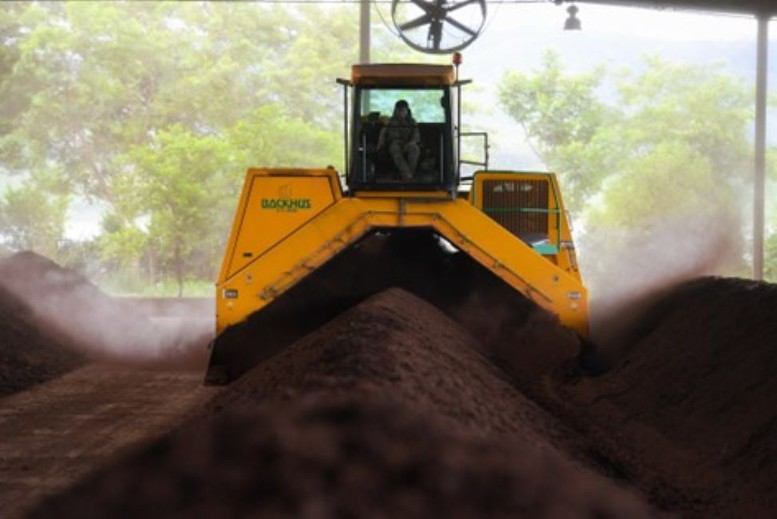
Sludge collected from the wastewater settling tank will be used to produce organic fertilizer.
"With the THMF technology currently applied, each drop of wastewater must go through a 21-day treatment process. The special thing about this technology is that it completely simulates the process that occurs in nature, that is, using microorganisms for treatment. Therefore, even during the wastewater treatment process, there is no odor. The wastewater has no residue when returned to the environment. This treatment technology is cheaper and more environmentally friendly than other chemical and physical treatment technologies such as using chemicals, electric shock, ozone aeration, while ensuring sustainable development factors," said Mr. Son. Saving water resources, committing to sustainable production THMF's wastewater treatment plant has installed a monitoring station to monitor the wastewater treatment process, all data is transmitted directly to the computer of the Department of Natural Resources and Environment of Nghe An province. In particular, the wastewater sampling tank is equipped with many sensors to measure and monitor all indicators according to the provisions of law.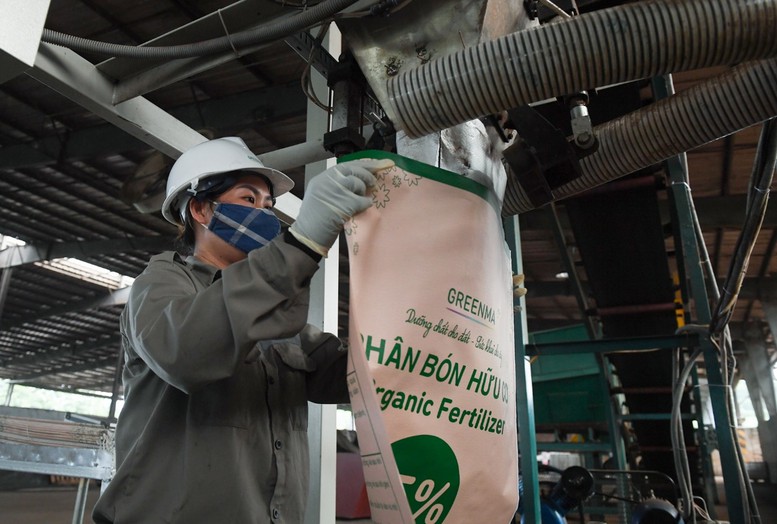
Greenma organic fertilizer of TH Group - a typical product for the circular process at this enterprise
Mr. Pham Vinh Son said that THMF's factory is discharging wastewater according to the standards specified in Column B, QCVN 62 - wastewater standards in livestock farming, coefficient 0.72. However, with microbial treatment technology, in reality, THMF's wastewater is of higher quality than the regulations. Specifically, the COD index according to the legal standard is 216, but THMF is treating it at 162, equivalent to 30% lower than the requirement. In addition, with the solit residue index, THMF's wastewater is discharging 40% lower. With the nitrogen index 40 times lower than the regulations; the achieved pH is 7.6, while the domestic water index for human use has a pH of 7-7.5. Mr. Pham Vinh Son affirmed that developing a green economy and a circular economy is an issue that has been mentioned a lot in the past few years. But with the mindset of "cherishing Mother Nature", TH has been implementing these models for many years as part of its strategy to develop a circular economy in production, protecting resources and the environment. Source: https://baochinhphu.vn/21-ngay-hoi-sinh-tung-giot-nuoc-thai-o-trang-trai-bo-sua-th-102241224100512171.htm

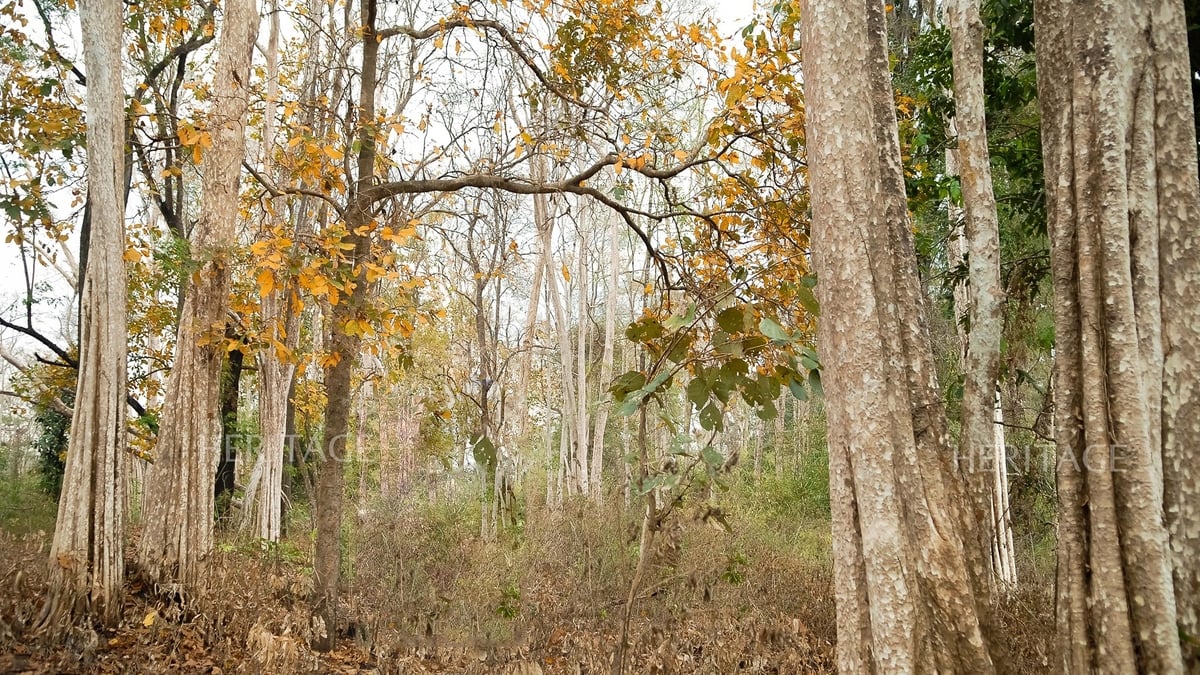

![[Photo] General Secretary To Lam receives First Deputy Secretary General of the African National Congress (ANC) of South Africa](https://vphoto.vietnam.vn/thumb/1200x675/vietnam/resource/IMAGE/2025/5/20/bb2999907e1245d5b4c7310a890d8201)















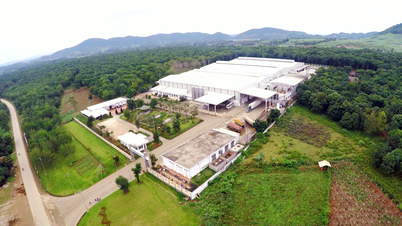
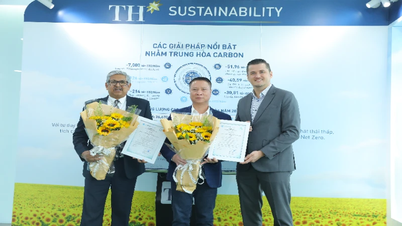




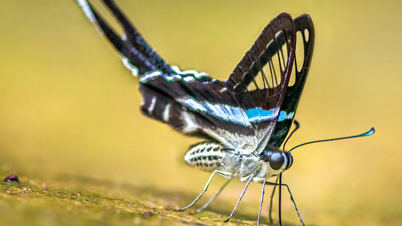







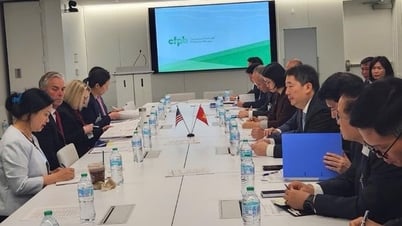


![[Photo] Vietnamese shipbuilding with the aspiration to reach out to the ocean](https://vphoto.vietnam.vn/thumb/1200x675/vietnam/resource/IMAGE/2025/5/20/24ecf0ba837b4c2a8b73853b45e40aa7)
![[Photo] Award ceremony for works on studying and following President Ho Chi Minh](https://vphoto.vietnam.vn/thumb/1200x675/vietnam/resource/IMAGE/2025/5/20/a08ce9374fa544c292cca22d4424e6c0)









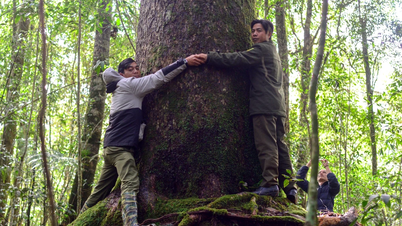















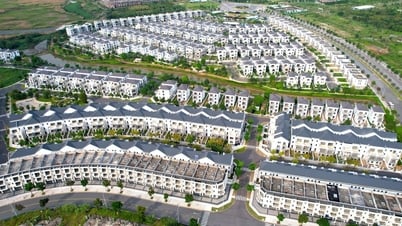




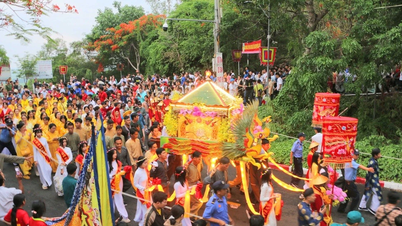


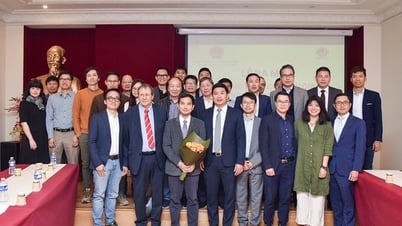

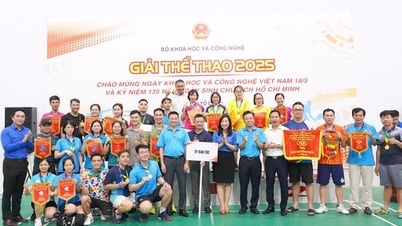


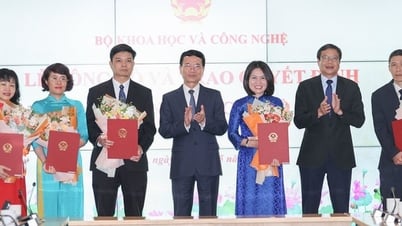





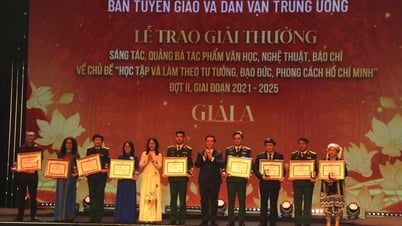



















Comment (0)